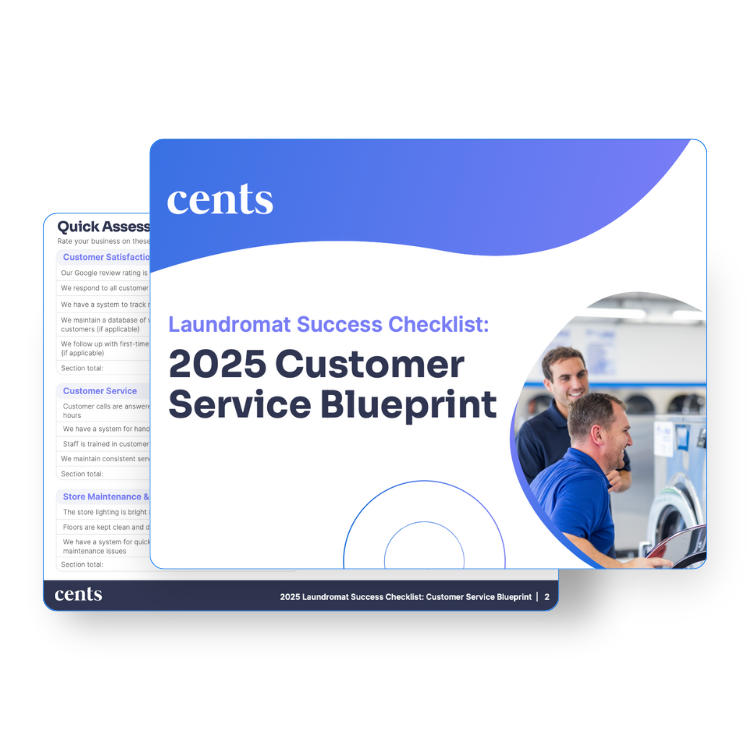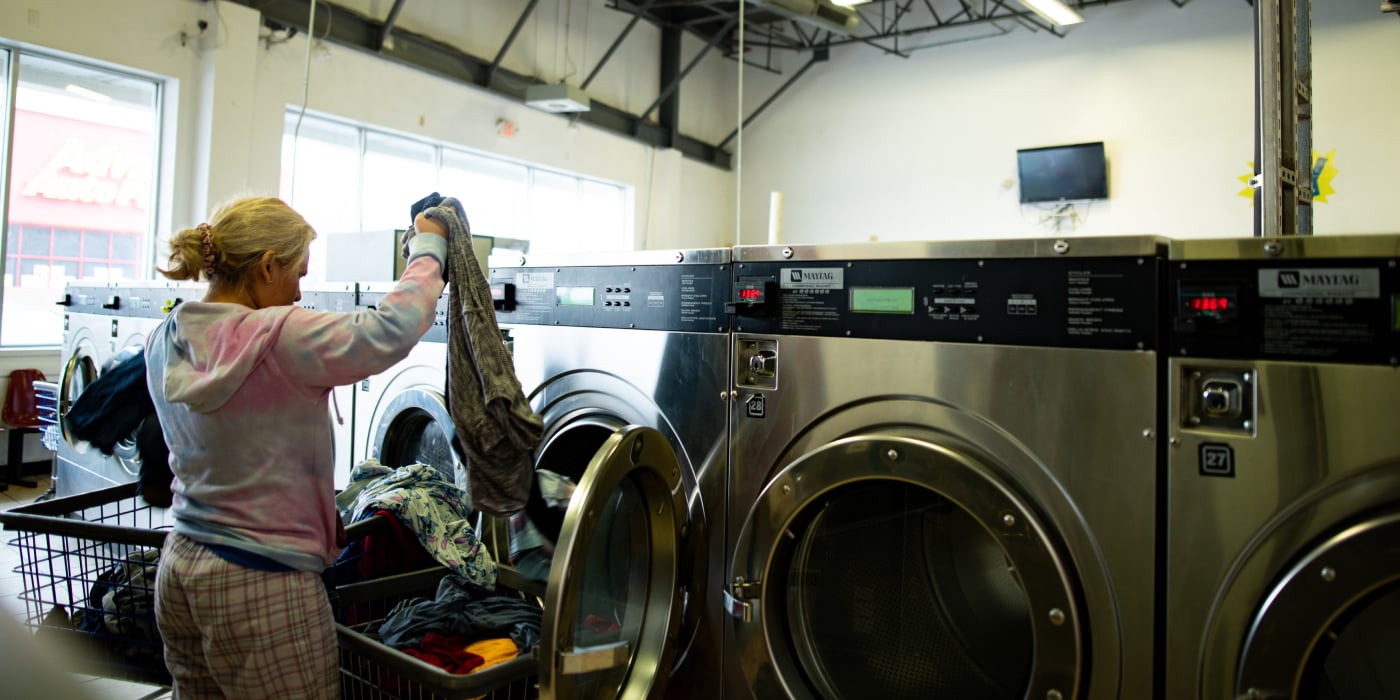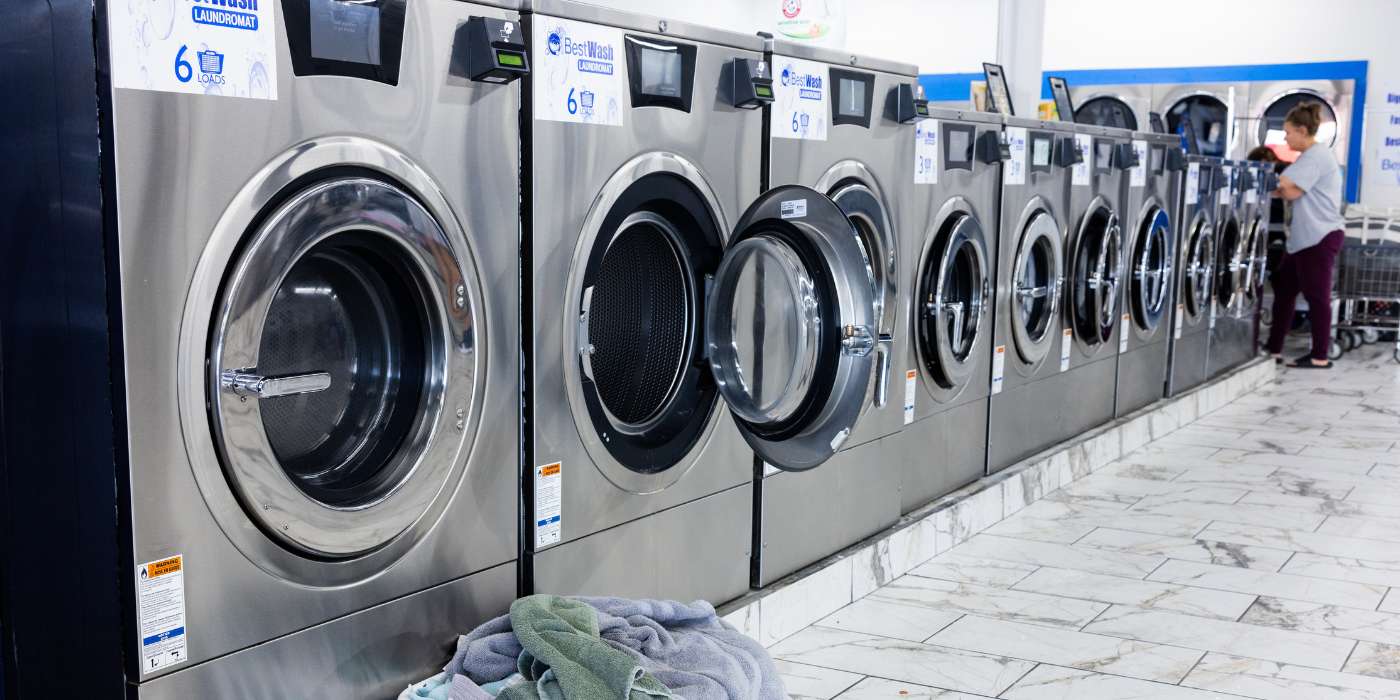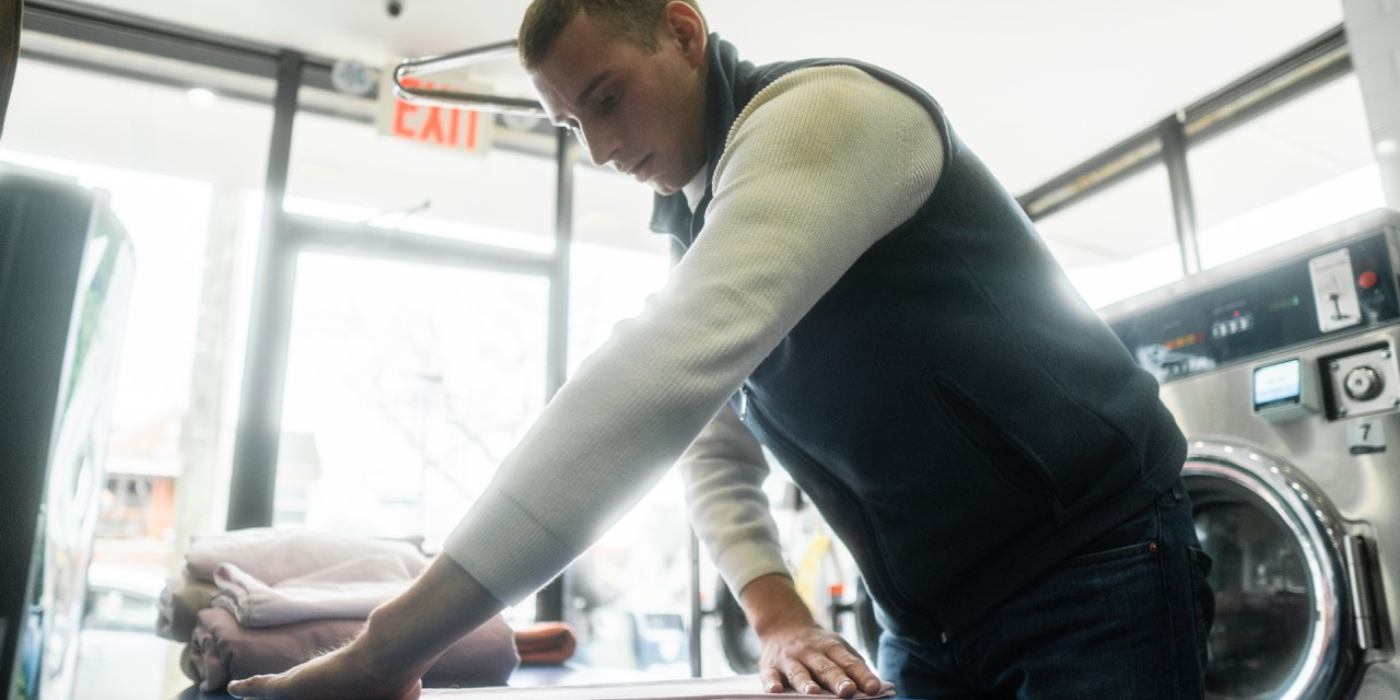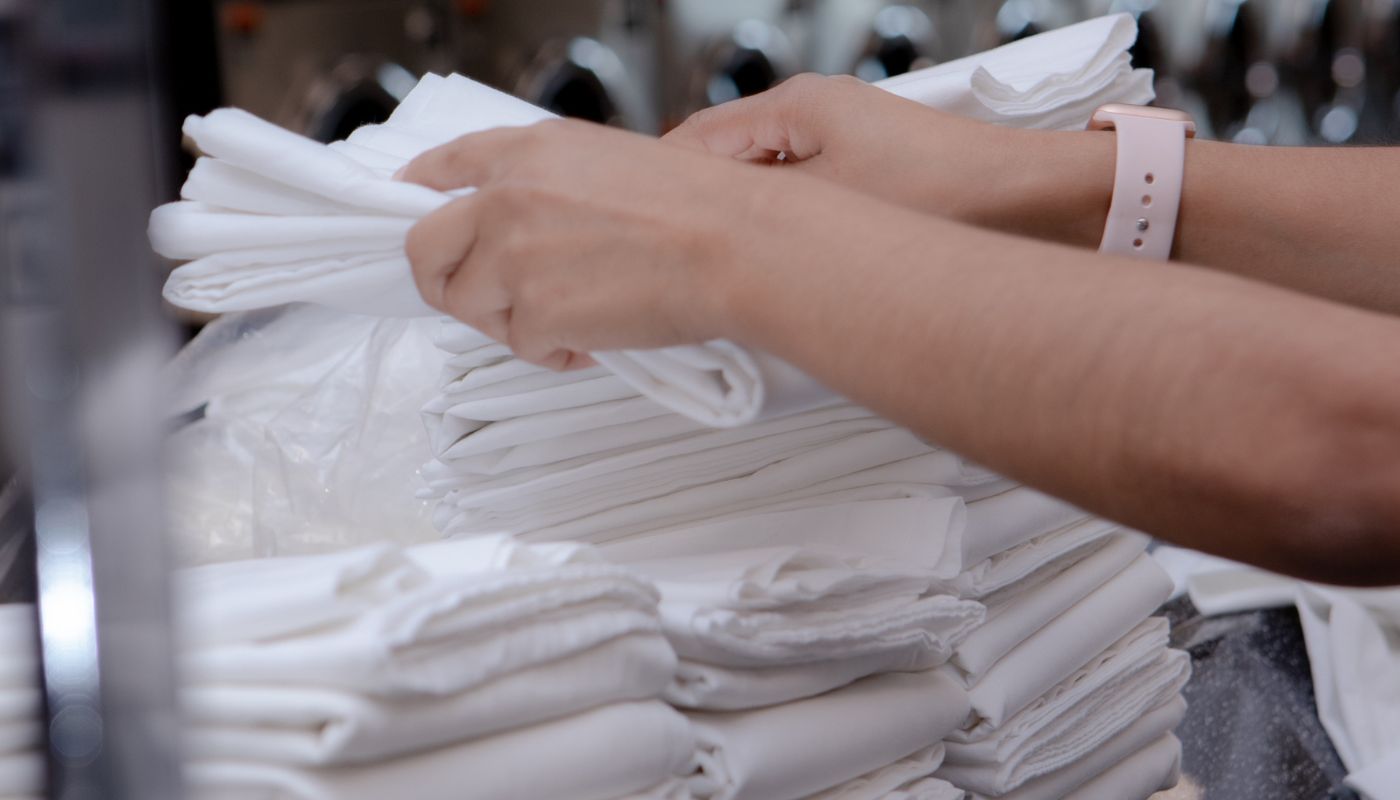Who Uses Laundromats? A Breakdown of Laundromat Demographics
Laundromats have been serving American communities for nearly a decade. While the common perception might be that laundromats cater only to those without in-house laundry solutions, this isn’t an accurate picture anymore. From local renters to businesses, from college students to travelers exploring the city, laundromats cater to a new diversity of patrons..
What demographic of people use laundromats?
Traditionally, laundromat users are those without in-home laundry appliances, which include renters and individuals in the middle or lower-income brackets. Here’s a more granular look at who uses laundromats:
Regulars-
Renters: Historically, renters form the backbone of laundromat users due to the absence of in-unit washers and dryers. This group is a primary laundromat target audience.
-
Homeowners with outdated appliances: Some homeowners still rely on laundromats due to inadequate laundry facilities.
These folks will use self-serve, wash-and-fold, and pickup and delivery services
Commercial businesses
Many local businesses, such as restaurants, hotels, and spas, use laundromats for bulk cleaning of linens, towels, and uniforms. Catering to this type of customer allows you to unlock high-yielding, weekly business for your laundromat.
Wash-and-fold customers
These are individuals who prefer a full-service experience, dropping off their laundry and picking it up once it's cleaned and folded. While laundromats have traditionally served middle and lower income bracket demographics who lack in-home laundry machines, now laundromats can offer luxury services like this one.
College students
In areas near universities or colleges, students who live in dorms or rental units without washers become frequent customers, often seeking cost-effective solutions. This segment will use self-serve, wash-and-fold, and pickup and delivery services.
Tourists and travelers
In tourist hotspots, travelers without access to laundry facilities in their accommodations will often turn to laundromats.
Decoding your customers

From age brackets to living situations, a number of factors play a role in shaping a customer's laundry habits. By taking a good look at the laundromat demographics, needs, and behaviors of laundromat users, laundromat owners like you can make better business decisions that lead to happy customers. Whether it's ensuring the machines can serve larger families, offering loyalty perks for regulars, or creating a community vibe, having a clear profile of your customer aids in forging a more targeted and successful laundromat business plan.
Key Factors in Laundromat Demographics
- Age: laundromats attract a wide range of age groups, but young adults, especially college students, and middle-aged individuals are often frequent users.
- Household size: larger families or households might require more frequent laundry services due to the volume of clothing.
- Income level: traditionally, those in the middle or lower-income brackets utilized laundromats, especially if they lacked laundry appliances at home.*
- Living situation: renters, especially in older buildings without in-unit laundry facilities, are more likely to be regular laundromat customers.
*Income levels in your local area play a significant role in laundromat usage. Areas with lower income levels might see individuals, even homeowners, relying on laundromats due to inadequate home laundry facilities or outdated equipment. A neighborhood with a significant percentage of renters, especially if over 50%, and older constructions, generally aged over 20 years, indicates a higher potential for laundromat services. Blue-collar workers often rely on laundromats for their heavy-duty laundry needs. Lastly, the type and age of housing units in the area, particularly the balance between owned homes and rented apartments, can significantly influence the demand for laundromat services.
Identifying Customer Needs and Behaviors
-
Cleanliness: Customers expect hygienic machines and facilities.
-
Convenience: Proximity to home or work is essential.
-
Efficiency: Fast washing and drying machines are key.
-
Affordability: Competitive pricing influences customer retention.
By analyzing laundromat demographics, business owners can anticipate customer behaviors such as frequency of visits, preferred time slots, and the importance of loyalty programs.
How to collect laundromat demographic data
Now that you know what kind of data is important, let’s talk about how to collect it. To grasp the pulse of the market and better serve your customers, gathering demographic data is indispensable. This data can provide important insights and help in strategic planning.
Running a Demographic Report
Gathering data is crucial for understanding who uses laundromats and where the best locations for laundromats are. Here’s how:
- Surveys and questionnaires: craft questions that are clear, unbiased, and directly related to the information you want. In this effort, utilize platforms like Google Forms, SurveyMonkey, or distribute it directly to the customer via email or in-store handouts.
- Customer feedback: a simple way to do this is to engage customers post-service and ask for their opinions or suggestions. You can also strategically place these in your store for anonymous feedback.
- Social media and online reviews: platforms like Facebook, Twitter, and Instagram provide demographics of your followers. On the other hand, online review sites like Yelp or Google Reviews not only provide customer feedback but can also offer insights into the demographics of those leaving reviews.=
Bring in the big guns: software solutions
Tools like Cents offer advanced analytics to track and understand customer patterns, helping businesses tailor their services based on real-world data. Cents’ platform, specifically designed to help laundromats, provides powerful tools that allow you to:
- Access data from every element of your business
- Track machine performance and customer behavior
- Implement better-informed, strategic business decisions
- Monitor marketing efforts, revenue streams, and more
Properly collecting and analyzing demographic data can empower businesses to make informed decisions, enhancing customer satisfaction and boosting profitability. Learn more about how Cents can help you harness the qualities of your local demographic and drive business growth.
Analyzing and implementing demographic data
The power of understanding your laundromat demographics can transform the way you approach business decisions. To do this well, you can leverage modern analytics tools and craft compelling marketing strategies. Learn more about your options:
Incorporating advanced analytics and tools
Growth-minded laundromat owners use software platforms to automate tasks, collect data, and inform smart business decisions. Tools like Google Analytics, Meta Business Suite, and the all-in-one business management software, Cents, allow you to get surgical with analyzing your customer preferences and behaviors. Cents, which began as a simple point of sale solution, now offers integrated insights into every facet of the laundry business, including tracking machine performance and analyzing customer behavior.
Crafting targeted marketing strategies
If you’re serious about real laundromat growth, you should be asking yourself, “how can I use demographic data to enhance my marketing strategies?” Targeted marketing is no longer a step ahead of the rest; it’s an absolute necessity to enable sustainable laundromat growth. By leveraging data from loyalty programs, social media, and Cents' integrated marketing suite, business owners like you can craft campaigns that resonate with your audience and inspire action. Cents marketing tools, for instance, provides tools for SMS and email marketing, creating a more personalized touch in reaching out to customers.
Future-proofing your business
Anticipating future demographic shifts is essential to your long term success. This involves looking ahead, possibly decades, to foresee how the local demographic landscape might change. Beyond shaping future offerings, demographic data analysis also provides a reflective lens, allowing businesses to assess past decisions and their subsequent impact.
Why Customer Feedback is Crucial

Customer feedback provides invaluable insights that shape how you proceed in your laundromat business. It's not just about gauging customer satisfaction; it's about creating an ongoing dialogue with consumers, demonstrating that their views are cherished. Here are some of the most effective ways to go about this:
- Guidance for growth: customer feedback directs the trajectory of your laundromat highlighting areas for improvement and indicating successful strategies.
- Understand customer needs: feedback systems can help you pinpoint dissatisfied customers, allowing you to make necessary changes to enhance customer satisfaction.
- Assess team performance: feedback about support teams provides specific insights into employee performance and areas needing additional training.
- Value to customers: by seeking customer feedback, you can send a strong message that you value your customers' opinions, which can strengthen loyalty and trust.
Methods for collecting customer feedback
- Surveys: online questionnaires or email surveys can provide a platform for customers to share their experiences and opinions.
- Feedback forms: these can be integrated into websites or apps, allowing customers to provide feedback at their convenience.
- Social media monitoring: engage with and monitor comments and mentions to gather feedback.
- Direct emails: personalized emails can be an effective way to solicit detailed feedback from customers.
- Focus groups: small, representative groups can provide in-depth insights into customer perceptions and needs.
Find your demographics
A laundromat’s success depends on understanding who uses laundromats, choosing the best locations for laundromats, and catering to a defined laundromat target audience. Investing in demographic research, data analytics, and strategic marketing ensures long-term profitability and customer satisfaction. By prioritizing laundromat demographics, owners can stay ahead of market trends and build a thriving business.
This can be a daunting task, which is why you may want to consider bringing in software solutions that can automate a lot of this work and create insights that the naked eye simply can’t see, saving you time and giving you precise data. Customers are bombarded with choices; so, your laundromat business needs to stand out! By valuing and acting upon your demographic data, you’ll solidify your position in the market and enable long-term success.
Discover proven strategies to boost customer loyalty at your laundromat. This comprehensive guide offers actionable tips to keep visitors coming back!
.png)

-3.png)

